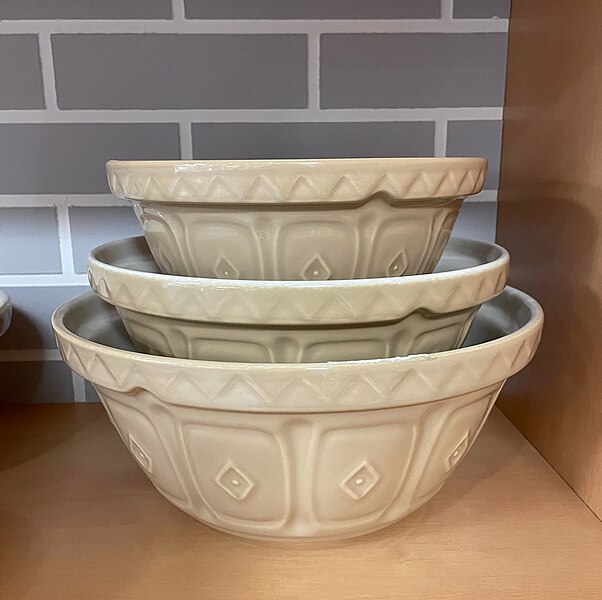Public transport has been shaped by countless innovations, and vintage buses played a significant role in this transformation. These buses, from early models with basic designs to more advanced vehicles with groundbreaking technology, helped move millions of people efficiently. Their unique styles, engineering breakthroughs, and adaptability influenced the development of modern transport systems. Many of these iconic buses not only served their cities but also became symbols of progress and community. This article highlights some of the most unique vintage buses that left a lasting mark on public transport history.
AEC Regent III RT
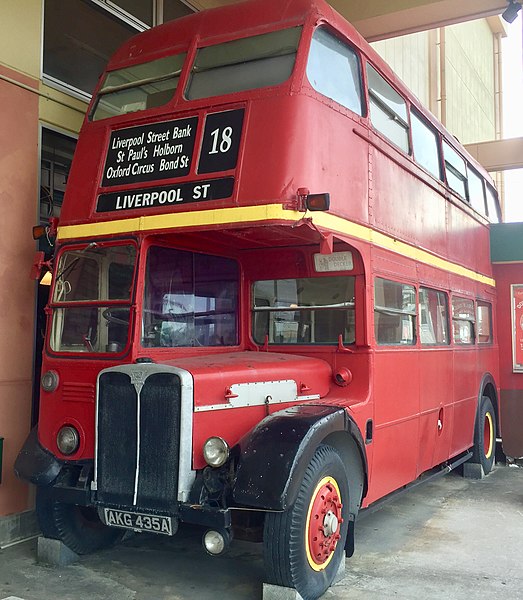
The AEC Regent III RT was one of the most iconic double-decker buses in London during the 1940s and 1950s. Known for its sturdy construction and reliability, it quickly became the backbone of the city’s public transport. This bus featured an advanced preselector gearbox, which allowed for smoother shifts. With its high-capacity design, the RT could comfortably accommodate a large number of passengers across the city. It remained in service until the 1970s, long after newer models emerged. Today, the Regent III is fondly remembered as a symbol of post-war Britain.
GMC New Look “Fishbowl”
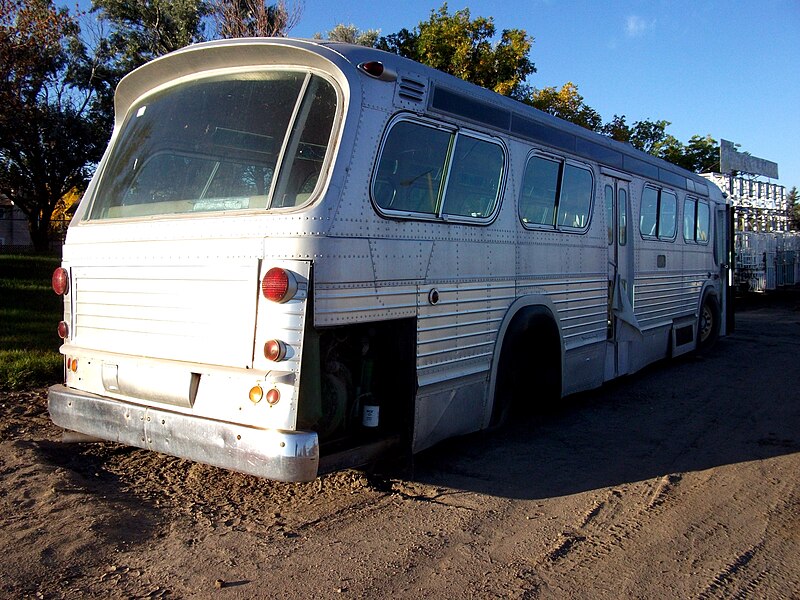
The GMC New Look bus, commonly referred to as the “Fishbowl” due to its distinctive curved windshield, revolutionized urban transit in North America. Introduced in 1959, its futuristic design set it apart from other buses of the era. The bus was engineered with an emphasis on safety and durability, incorporating lightweight materials to improve fuel efficiency. Passengers appreciated its panoramic windows, which provided excellent views. The “Fishbowl” became synonymous with public transport in cities like New York and Toronto. It remained in service for over three decades, solidifying its place in transport history.
Routemaster
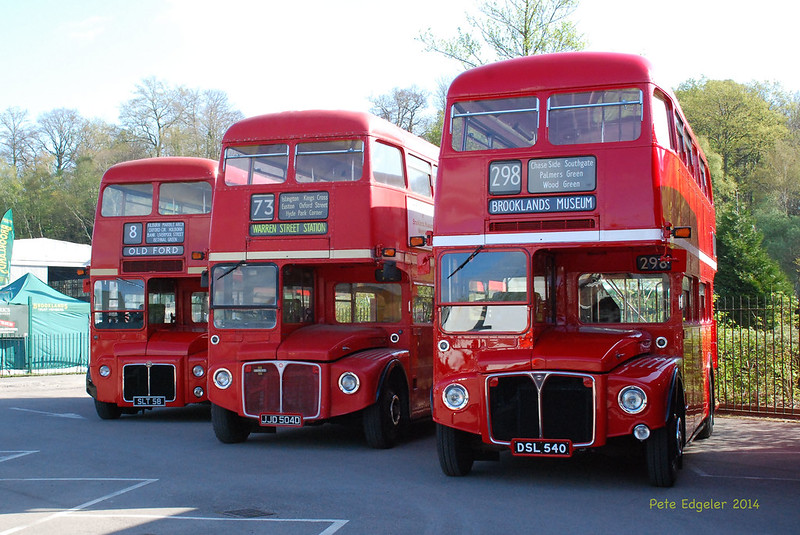
The London Routemaster is perhaps the most recognizable bus in the world, thanks to its timeless design and reliable performance. Introduced in 1956, this iconic red double-decker was designed to last with a sturdy aluminum body. It featured an open rear platform, which allowed passengers to hop on and off easily. Despite being phased out in the early 2000s, the Routemaster remains a symbol of London, often seen in heritage services. Its influence extends beyond the UK, inspiring bus designs in cities worldwide. Even today, the Routemaster holds a special place in the hearts of transport enthusiasts.
Leyland Titan PD2
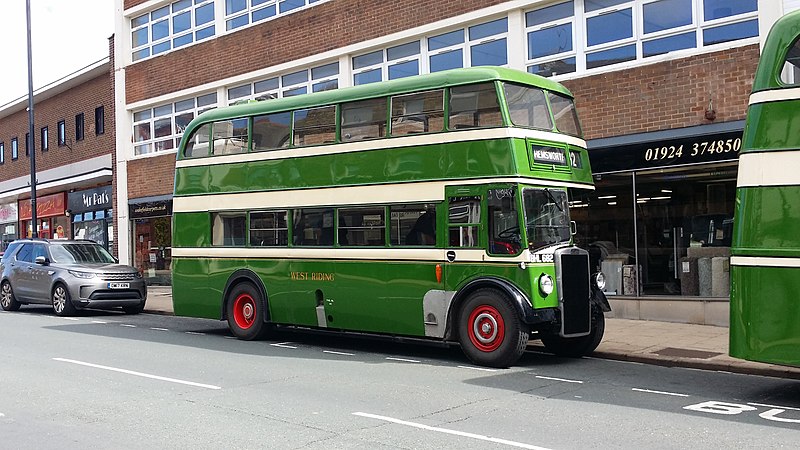
Introduced in the 1940s, the Leyland Titan PD2 became a workhorse for many UK cities. Its strong chassis and reliable engine made it a preferred choice for bus operators. This double-decker bus could carry up to 56 passengers, efficiently serving urban areas. The PD2’s design was simple yet effective, ensuring long-lasting service with minimal mechanical issues. It was used extensively throughout the UK until the 1970s when newer models began to take over. However, many vintage bus collectors still restore and cherish the Leyland Titan for its role in public transport history.
Mercedes-Benz O 305
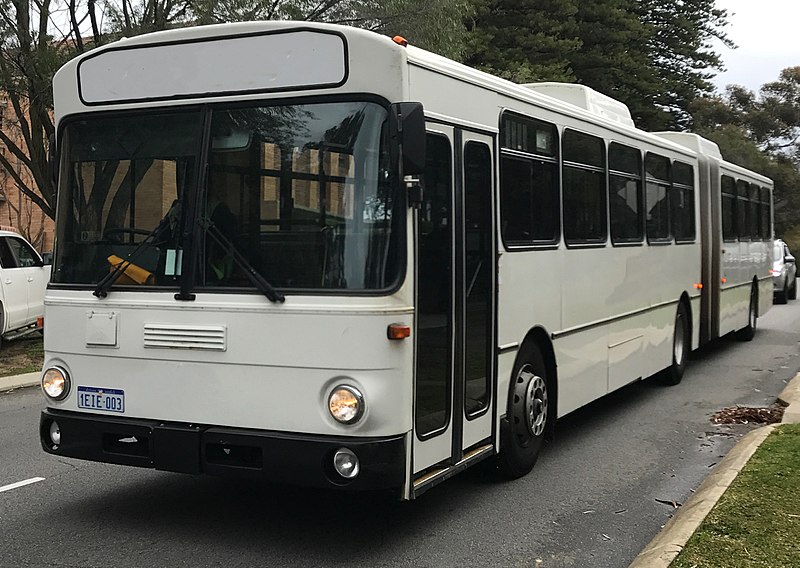
Launched in 1969, the Mercedes-Benz O 305 transformed public transport in Germany and across Europe. It featured a modular design, which allowed easy customization for different city needs. Known for its dependability and comfort, the O 305 was widely adopted in major cities like Berlin and Munich. The bus was also environmentally progressive, incorporating efficient engines that reduced emissions. Its spacious interior provided comfort for passengers, making it a popular choice for city commutes. Many of these buses continued to serve well into the 1990s, a testament to their engineering excellence.
Mack C-49

The Mack C-49, introduced in the late 1940s, became a vital part of the American public transit landscape. This heavy-duty bus was known for its robustness, with a powerful engine capable of tackling urban and suburban routes. Its streamlined design was ahead of its time, contributing to its widespread use in cities like Philadelphia and Washington D.C. The Mack C-49 also boasted a spacious interior, offering passengers a comfortable ride. Despite newer models entering the market, it remained in service well into the 1960s. Its legacy endures as one of the most dependable buses of its era.
Tatra T400

The Tatra T400 trolleybus was a key figure in Eastern European public transport during the 1950s. Built in Czechoslovakia, it was known for its innovative electric propulsion system. This trolleybus was quiet, efficient, and environmentally friendly, making it a popular choice for urban transport in cities like Prague and Brno. It had a large passenger capacity, with space for both seating and standing passengers. The T400 also featured advanced suspension systems, providing a smooth ride over uneven city streets. It served as a model for future electric buses in the region.
Brill C-36

The Brill C-36 played a pivotal role in shaping public transportation in the United States during the 1930s and 1940s. With its Art Deco design, it captured the spirit of the era while providing reliable service. This bus was equipped with advanced suspension and braking systems, offering passengers a smoother ride compared to its predecessors. Cities like New York and Philadelphia widely adopted the Brill C-36 for their transit networks. Its longevity in service demonstrated its mechanical reliability and passenger comfort. Today, it’s considered a classic piece of American transport history.
Ikarus 280
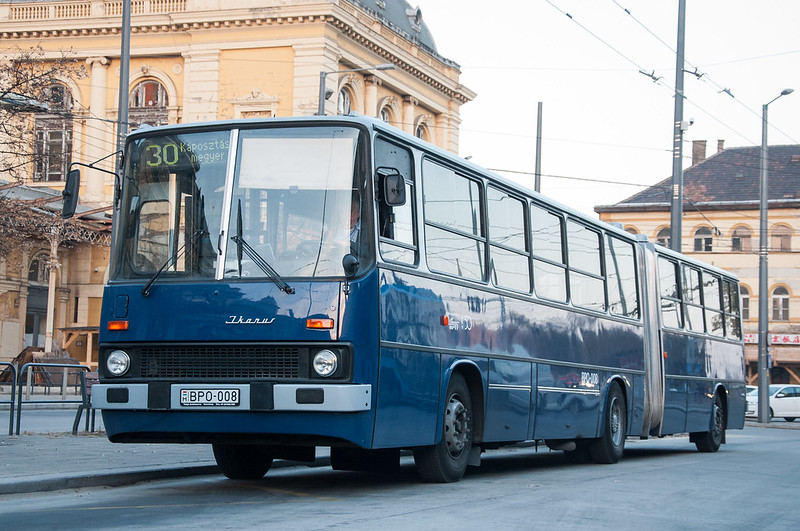
Manufactured in Hungary, the Ikarus 280 became one of the most recognizable articulated buses in Eastern Europe during the 1970s. Its large size allowed it to carry up to 160 passengers, making it ideal for busy urban routes. The Ikarus 280 featured a distinctive accordion-like joint, which gave it flexibility on tight city streets. Its durability and straightforward mechanics made it a favorite among transit operators across Europe, Asia, and even South America. It was also cost-effective, ensuring its widespread adoption in many countries. This bus remains a symbol of mass transit efficiency during the Cold War era.
AEC Q-type
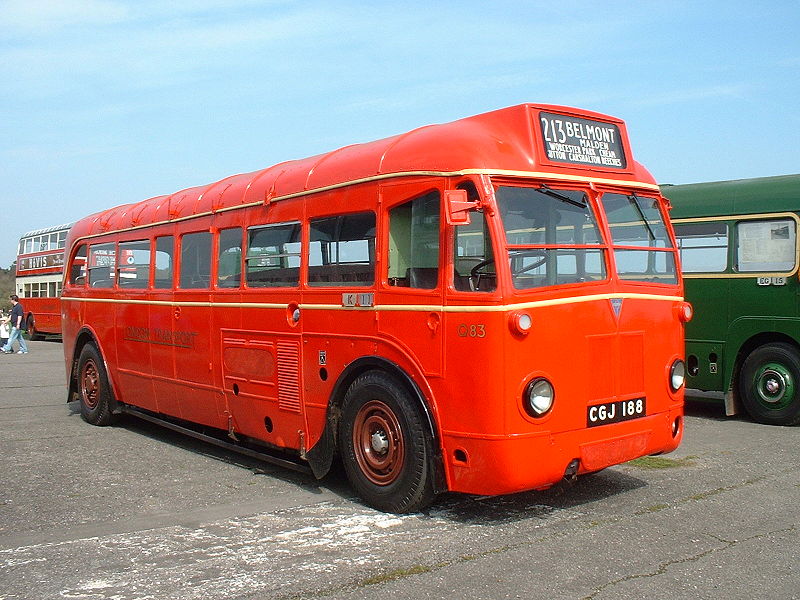
The AEC Q-type, introduced in the 1930s, was one of the first buses to use a rear-engine design. This innovative layout provided more space for passengers and enhanced the driver’s visibility. The Q-type had a sleek, modern appearance, standing out from other buses of its time. Its unique design was not just for looks—placing the engine in the rear improved weight distribution and ride comfort. Although it was eventually replaced by more advanced models, the AEC Q-type paved the way for future bus designs. Its influence can be seen in many modern vehicles.
Volvo B10M

Introduced in the 1970s, the Volvo B10M became a favorite across Europe due to its robust design and versatility. It was known for its mid-engine placement, which allowed for a smoother ride and better weight distribution. The B10M was widely used as both a city bus and a coach, demonstrating its adaptability. Its reliable performance made it a popular choice for operators who needed a dependable fleet. It remained in production for several decades, serving in cities across Europe, Australia, and Asia. Today, it is remembered as one of Volvo’s most successful bus models.
Fiat 306

The Fiat 306, launched in the 1950s, became an integral part of Italy’s public transport system. It was designed for long-distance travel, featuring a powerful engine and spacious interiors for passenger comfort. Known for its reliability, the Fiat 306 served cities and rural areas alike, making it a versatile option. Its sleek Italian design set it apart from other buses, combining form and function beautifully. It remained in service for several decades, providing a comfortable and efficient mode of transportation. The Fiat 306 holds a special place in Italy’s transport history.
Renault TN6
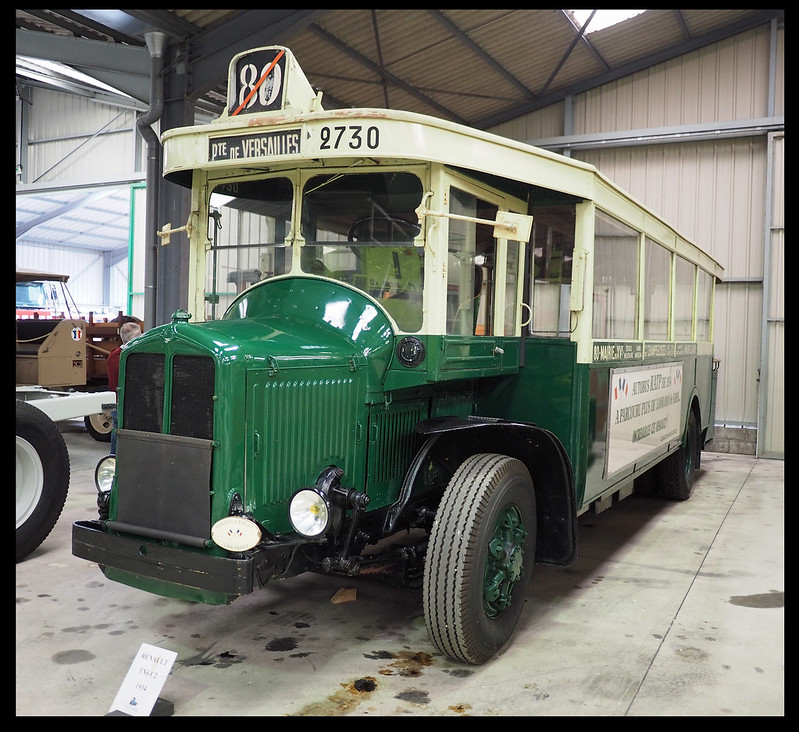
The Renault TN6, first introduced in 1932, was a defining bus in Paris’s public transport system. Its distinctive art deco design and open rear platform made it stand out on the streets of the French capital. The TN6 had a rugged construction, allowing it to handle the demanding urban environment. It was also known for its smooth ride and reliable performance, essential for navigating Paris’s busy streets. The bus became synonymous with Parisian public transport and was a common sight for several decades. Its elegant design continues to be admired by vintage bus enthusiasts today.
MAN SL 200
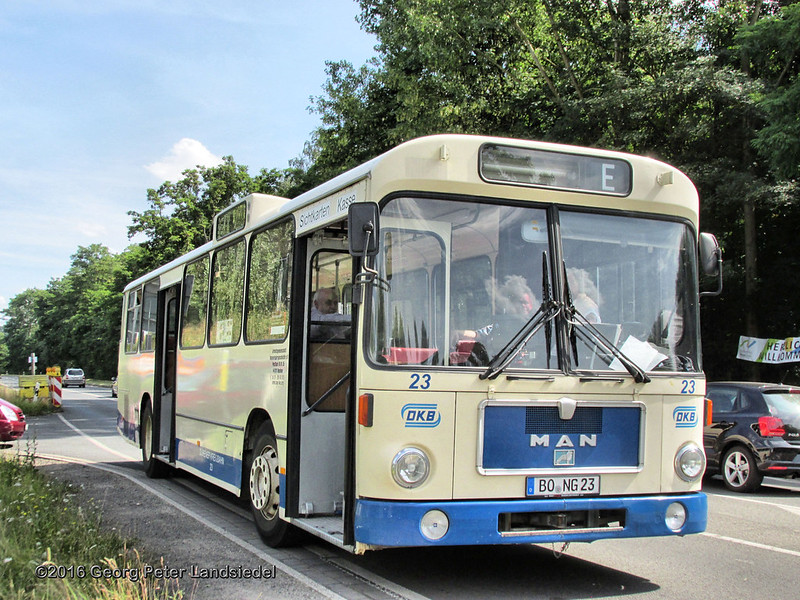
The MAN SL 200, introduced in the 1970s, became a staple in German public transport. It featured a low-floor design, making it one of the earliest buses to offer easy accessibility for all passengers. Its powerful engine and spacious interior made it a reliable choice for city transit operators. The bus also incorporated modern safety features, ensuring a safer ride for its passengers. It was widely used in cities like Munich and Berlin, where it became an essential part of daily commuting. Many SL 200 buses continued to serve well into the 1990s, underscoring their durability.
Scania-Vabis B76
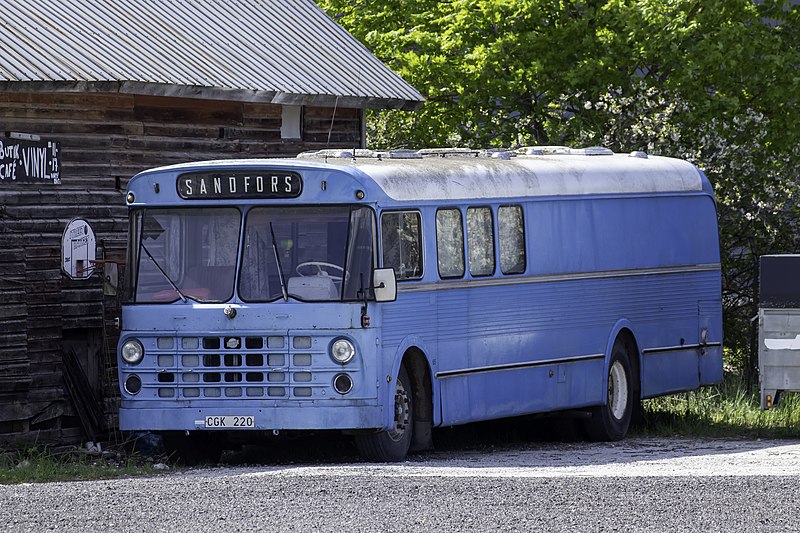
Produced in Sweden during the 1950s, the Scania-Vabis B76 quickly gained popularity for its robust build and reliability. It featured a rear-engine design, which provided better weight distribution and smoother handling on city streets. The B76 was known for its spacious interior and comfortable seating, making it a preferred choice for urban commuters. It was used extensively across Scandinavia and other parts of Europe, contributing significantly to post-war public transport development. The bus was lauded for its engineering excellence, and many are still preserved in museums today. Its legacy continues to inspire modern bus designs.
This article originally appeared on Rarest.org.
More From Rarest.Org
For the world’s wealthiest, luxury resorts offer more than just a place to stay, they provide an unparalleled escape where every need is anticipated, and privacy is guaranteed. From private islands to sprawling desert retreats, these exclusive destinations cater to those who seek indulgence in the world’s most breathtaking locations. Read more.
Every culture has its own unique set of customs and traditions, and some may seem surprising or even strange to outsiders. Taboos, in particular, reflect deeply ingrained beliefs about what’s acceptable or not in different societies. Read more.
Collecting antique kitchenware offers a glimpse into history while adding charm to any kitchen or display. From durable cast iron skillets to delicate china patterns, these items have both functional and decorative value. Read more.



